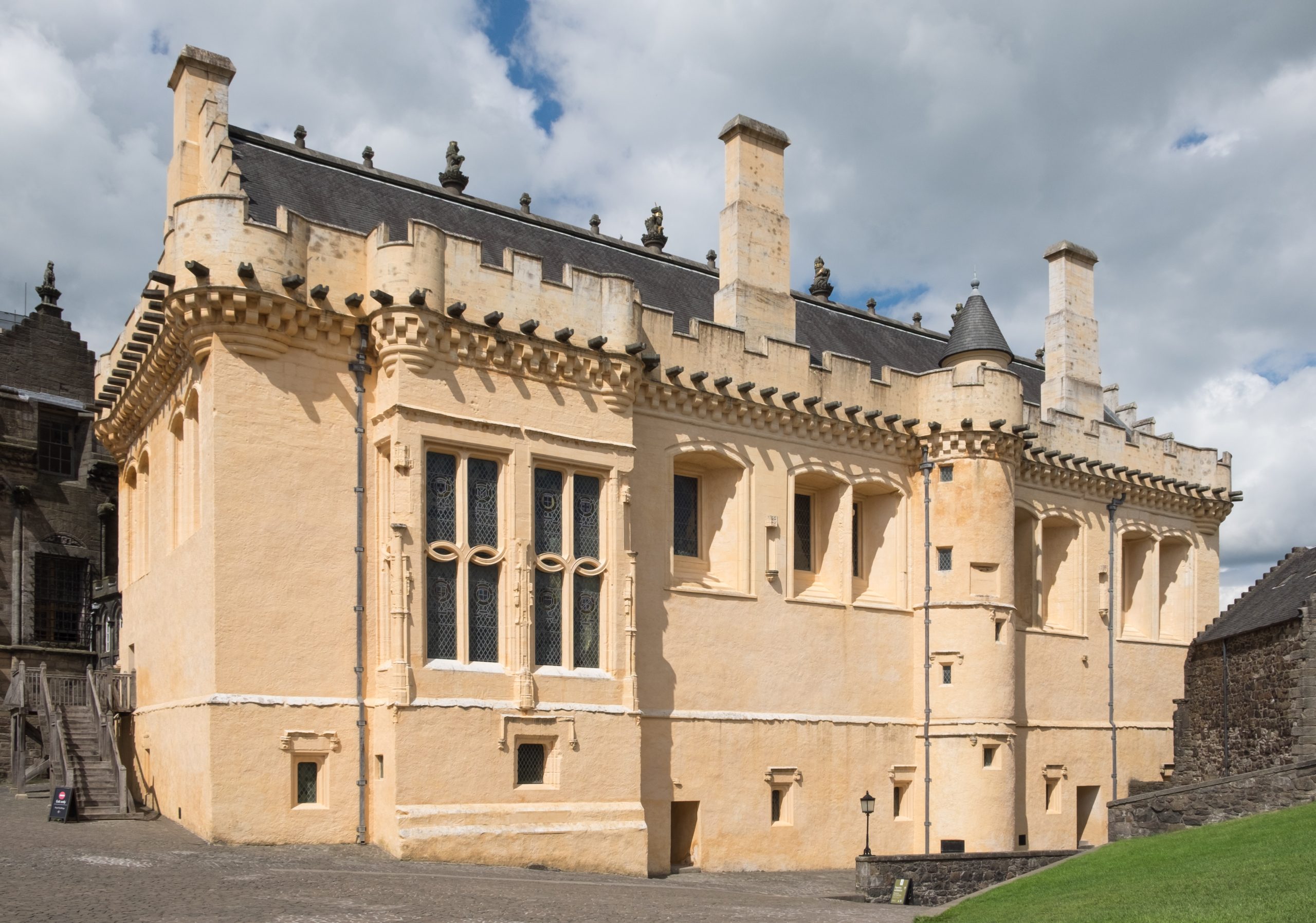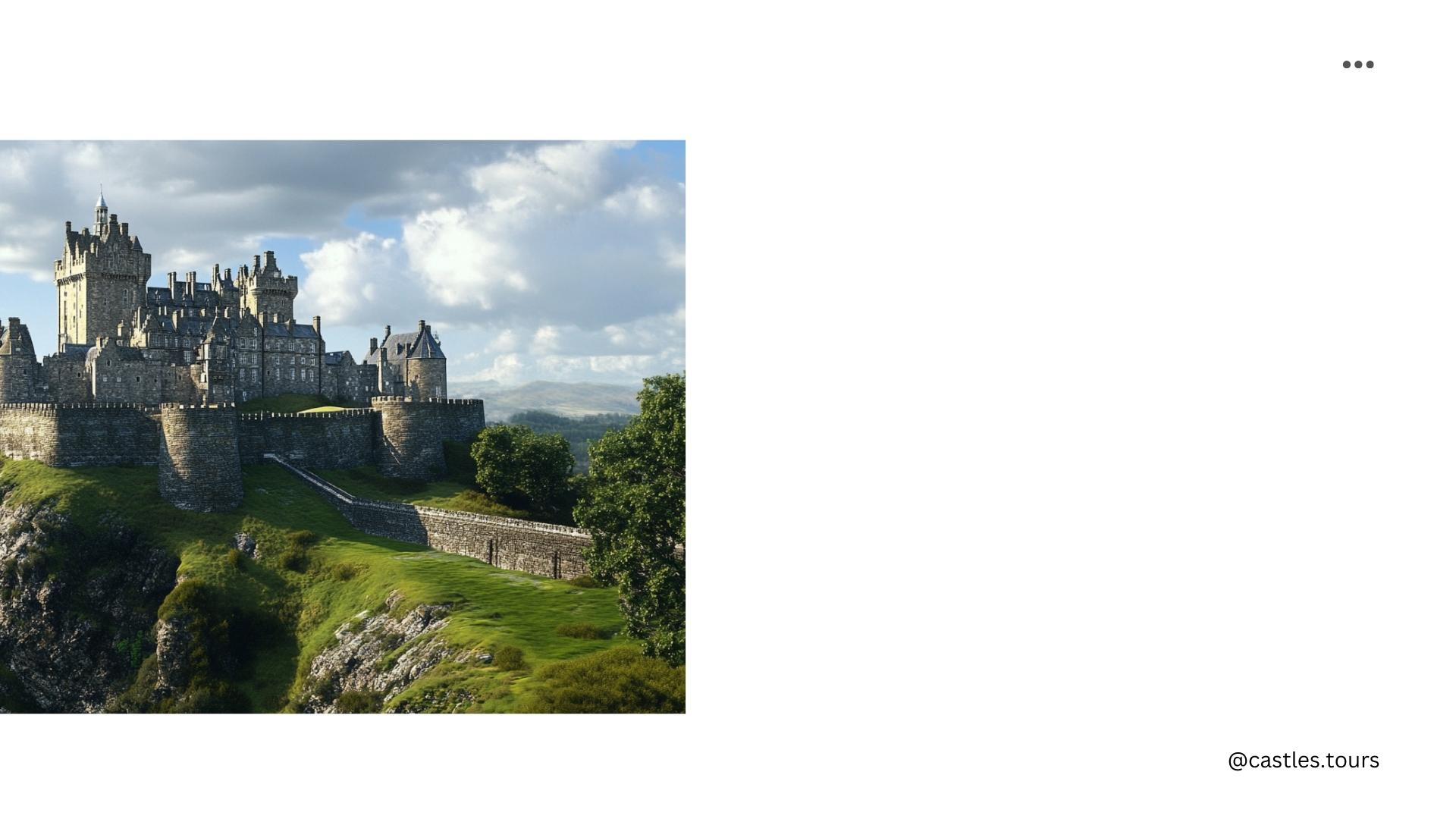The Battle of Bannockburn, fought near Stirling Castle in 1314, was a decisive victory for the Scots in their fight for independence from England. This epic battle not only strengthened Robert the Bruce’s position as King of Scots but also paved the way for the eventual recognition of Scottish independence. As a Castles Touring Enthusiast, understanding the strategic importance of Stirling Castle and the intricate details of this historic battle is crucial.
The Strategic Importance of Stirling Castle

Stirling Castle, situated on a volcanic outcrop overlooking the River Forth, was a crucial crossing point and a vital strategic location. The castle’s strong defenses made it a formidable stronghold, and its control was essential for both the Scottish and English armies.
Location and Terrain
The castle’s location on a volcanic outcrop provided it with natural defenses, making it a challenging target for attackers. The surrounding terrain, with its woodland and marshy areas, also favored the Scottish forces, who were able to use the landscape to their advantage.
Siege and Surrender
Prior to the Battle of Bannockburn, Stirling Castle was under siege by the Scottish army. The defenders had agreed to surrender the castle if no relief came by midsummer, making the battle a crucial event for both sides.
The Battle of Bannockburn

The Battle of Bannockburn was fought over two days, June 23-24, 1314, and was a decisive victory for the Scots.
First Day
On the first day, the English army, led by King Edward II, attempted to relieve the siege of Stirling Castle. The Scots, led by Robert the Bruce, had deployed in the woodland south of Stirling, using the terrain to their advantage. The English cavalry was repelled, and the Scots claimed a victory on the first day.
Second Day
On the second day, the English army crossed the river and was met by the Scots, who had moved from the woods to meet them. The English formations were too tightly packed and were unable to defend effectively, leading to a rout.
Tactics and Leadership
The Battle of Bannockburn was a testament to the Scots’ tactical prowess and Robert the Bruce’s leadership.
Terrain and Tactics
The Scots used the woodland and marshy terrain to their advantage, employing guerrilla warfare tactics and cleverly constructed “surprises” for the English cavalry.
Robert the Bruce’s Leadership
Robert the Bruce’s strategic decisions and leadership were crucial to the Scottish victory. His ability to capitalize on the terrain and outmaneuver the English forces was a key factor in the Scots’ triumph.
Significance and Legacy
The Battle of Bannockburn was a pivotal moment in Scottish history, with far-reaching consequences.
Turning Point
The battle marked a significant turning point in the First War of Scottish Independence, greatly strengthening Robert the Bruce’s position as king.
Legacy
The Battle of Bannockburn is considered a landmark moment in Scottish history, leading to the eventual recognition of Scottish independence in 1328.
Conclusion
The Battle of Bannockburn, fought near Stirling Castle, was a decisive victory for the Scots in their fight for independence. The strategic importance of Stirling Castle, the tactical brilliance of the Scots, and the leadership of Robert the Bruce all contributed to this historic triumph. As a Castles Touring Enthusiast, understanding the details of this battle and its significance in Scottish history is essential for a deeper appreciation of the country’s rich heritage.
References:
- Historic UK: The Battle of Bannockburn – Historic UK
- Britannica: Battle of Bannockburn | History, Casualties, & Facts – Britannica
- The Castle Guy: Stirling Castle, the reason for the Battle of Bannockburn
- Battlefields Trust: Battle of Bannockburn – The Battlefields Trust
- Wikipedia: Battle of Bannockburn – Wikipedia
